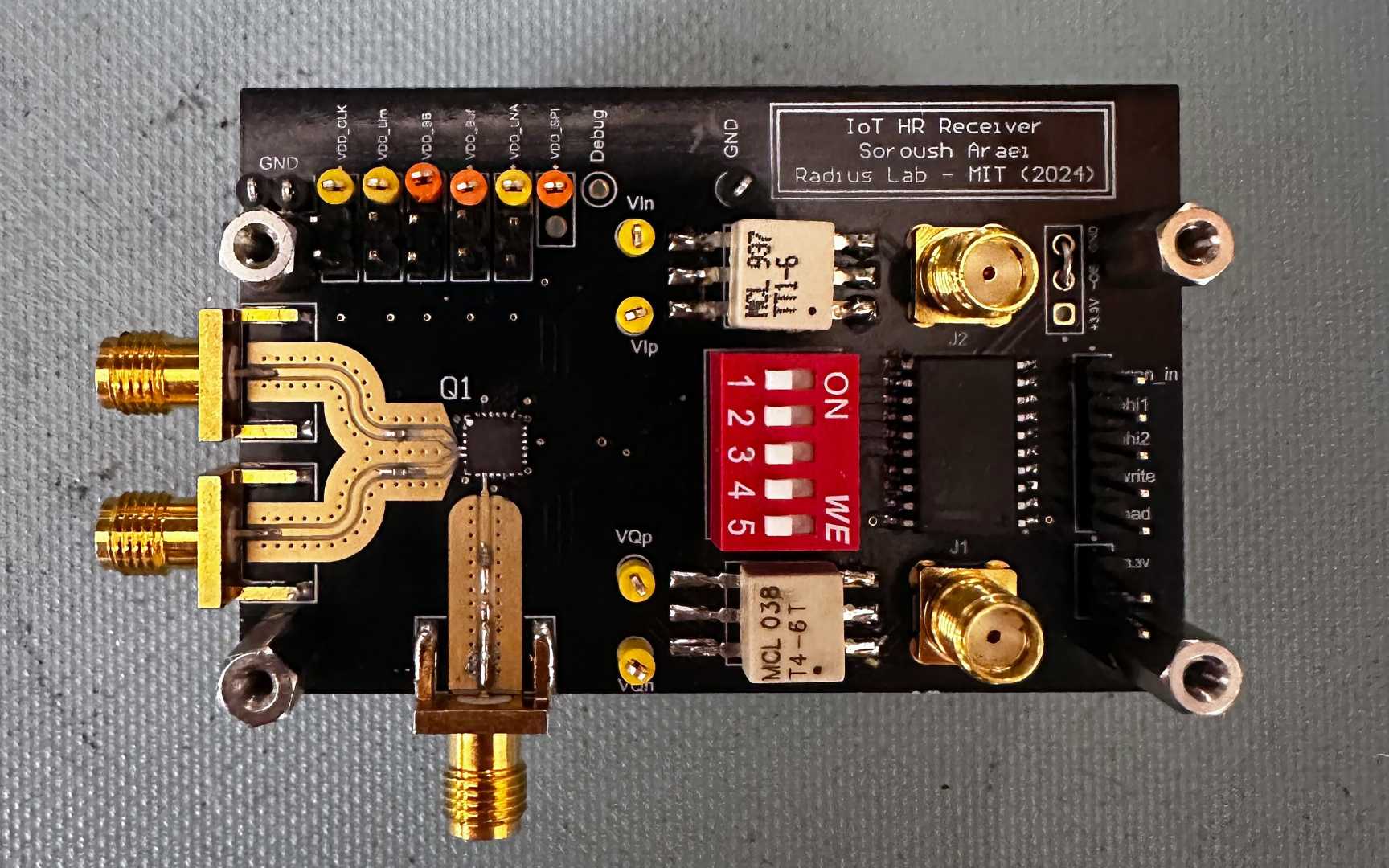Tech
MIT Develops IoT Chip for Faster 5G Connectivity

CAMBRIDGE, Massachusetts — Researchers at the Massachusetts Institute of Technology (MIT) have designed a new chip that could significantly enhance Internet of Things (IoT) devices’ connection efficiency over 5G networks. This advancement came to light in a study published on July 9, 2025.
The new chip utilizes 5G standards to offer improved connectivity capabilities, which could allow for faster data transmission and reduced battery consumption in IoT devices. Soroush Araei, a PhD candidate at MIT, explained that the aim is not to assign a unique phone number to every device in a network. Instead, the focus is on creating a flexible radio receiver that can be adapted for various applications.
“The main goal here is that you have a single radio receiver that can be reused for different applications,” Araei said. “You can tune it across a wide frequency range in software, making it highly adaptable.”
This innovative chip supports multiple frequency hopping capabilities, which can help devices operate more efficiently. By comparison, traditional IoT devices often rely on a single frequency band that may struggle under heavy network traffic.
Eric Klumperink, an associate professor at the University of Twente, highlighted the importance of delivering decent radio performance while keeping power consumption low. “For IoT, low power is critical,” Klumperink said. “You want a small battery or energy harvesting to sustain operations.”
With the rise of 5G technology, IoT networks are expected to expand dramatically, moving beyond small-scale deployments to potentially accommodate hundreds of devices simultaneously. Araei noted that the researchers are targeting a modest operating range of less than one milliwatt for the new chip.
“This is kind of a switched-capacitor network,” Araei said, referring to the innovative design that minimizes interference while maintaining signal clarity. Their circuit can filter out 30 times more interference compared to conventional IoT receivers.
The research team presented their findings last month at the IEEE conference in San Francisco. Their future plans include extending the technology’s frequency range to cover the full spectrum of 5G signals, enabling broader application in industries such as smart sensors and automated systems.
If successful, this could pave the way for a new era of IoT applications that are more efficient, powerful, and adaptable, enhancing various sectors from industrial automation to personal devices.












